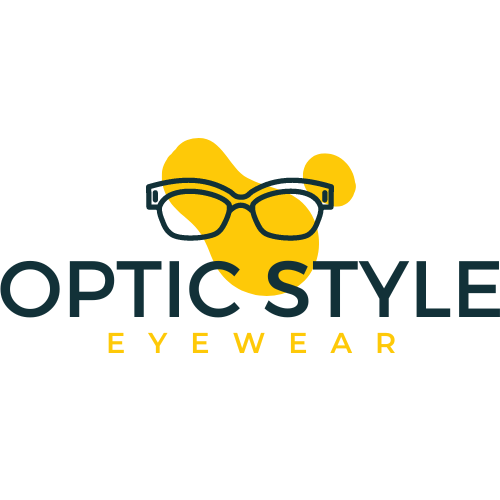Photography is an art form that has the power to capture the beauty of the world and freeze it in time. Whether it’s a breathtaking landscape, a candid portrait, or a perfectly composed still life, a photograph can evoke powerful emotions and make a lasting impression. However, amidst all the praise and admiration for this art, one aspect that often gets overlooked is the importance of UV filters for the eyes.
UV filters are transparent glass elements that are added to the front of a camera lens to block ultraviolet (UV) light. While this may not seem like a big deal, it’s important to understand the potential harm that UV light can cause to the human eye. UV light is invisible to the naked eye, but prolonged exposure to it can lead to a variety of eye problems, including cataracts, macular degeneration, and even cancer.
In photography, UV light is especially prevalent in outdoor environments, where it is intensified by reflections and scattered by particles in the atmosphere. This means that photographers who spend a significant amount of time shooting outdoors are constantly exposing their eyes to harmful UV rays. This is where UV filters come into play.
When a UV filter is attached to the camera lens, it acts as a protective shield, filtering out the harmful UV light and preventing it from reaching the eyes. This not only reduces the risk of eye damage but also helps in maintaining good visual health in the long run.
Aside from the obvious health benefits, UV filters can also have a positive impact on the quality of photographs. UV light tends to cause a bluish cast in images, which can be distracting and affect the overall aesthetics of a photograph. By using a UV filter, photographers can counteract this effect and achieve more accurate and vibrant colors in their photographs.
Furthermore, UV filters offer an added layer of protection to the camera lens itself. The front element of a camera lens is vulnerable to scratches, dust, and accidental damage. By attaching a UV filter, photographers can safeguard their lenses from these hazards, ensuring that they remain in pristine condition for a longer period.
Some photographers may argue that modern digital cameras have built-in UV filters and that there is no need for an additional one. While it is true that most digital cameras have UV filters incorporated into their sensors, it’s important to note that these filters are not as efficient as the ones specifically designed for camera lenses. Additionally, certain lenses, such as those made for older film cameras, may not have built-in UV filters at all. Therefore, it is always a good idea to use a dedicated UV filter for enhanced protection.
In conclusion, UV filters are not just a luxury accessory for photographers; they play a crucial role in safeguarding the eyes from harmful UV light. Whether it’s for personal health reasons or to ensure the longevity of the camera lens, incorporating a UV filter into one’s photography gear is a wise investment. So, the next time you pick up your camera and venture out into the world to capture its beauty, make sure to prioritize the protection of your eyes with the addition of a UV filter.
